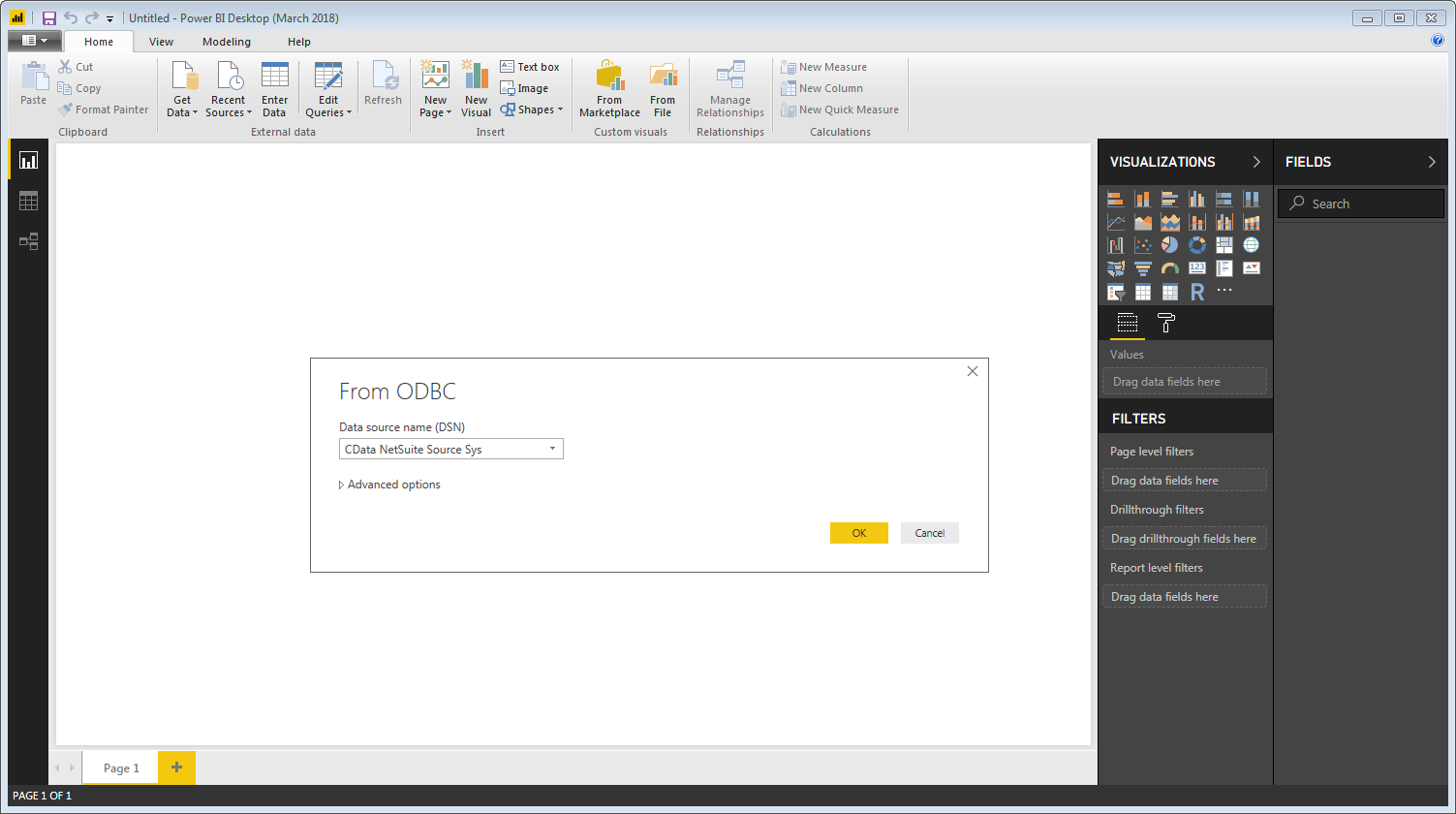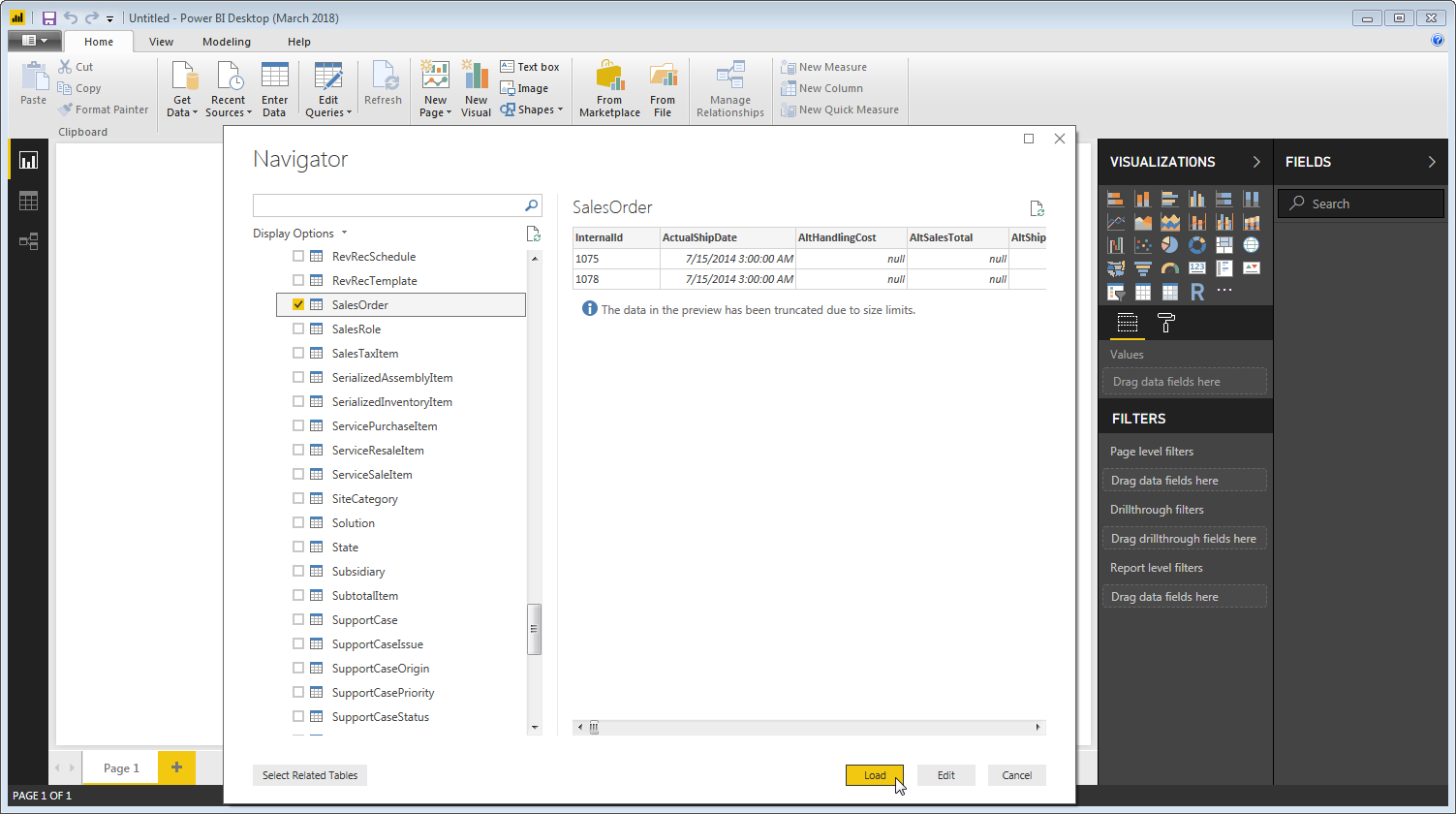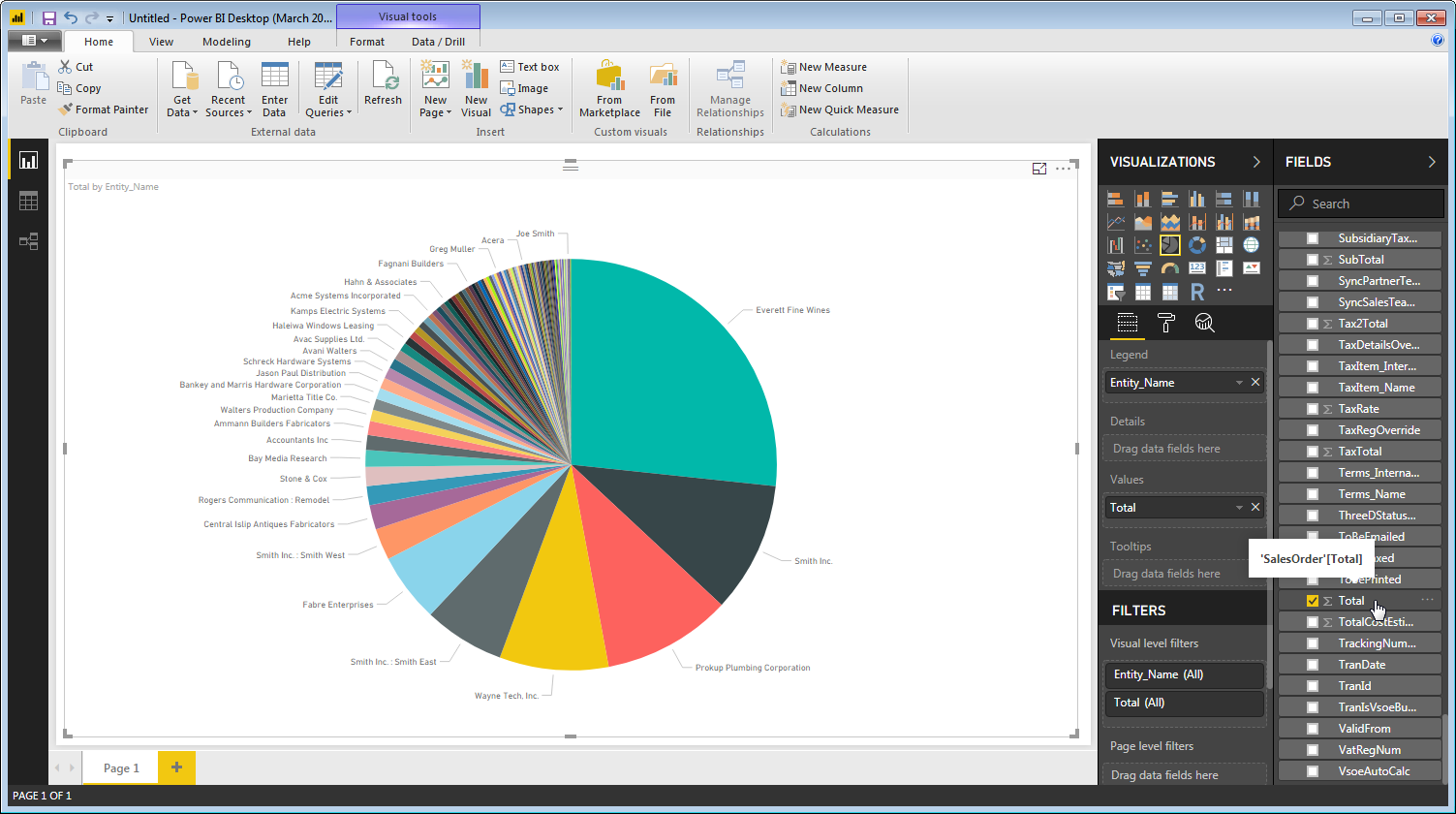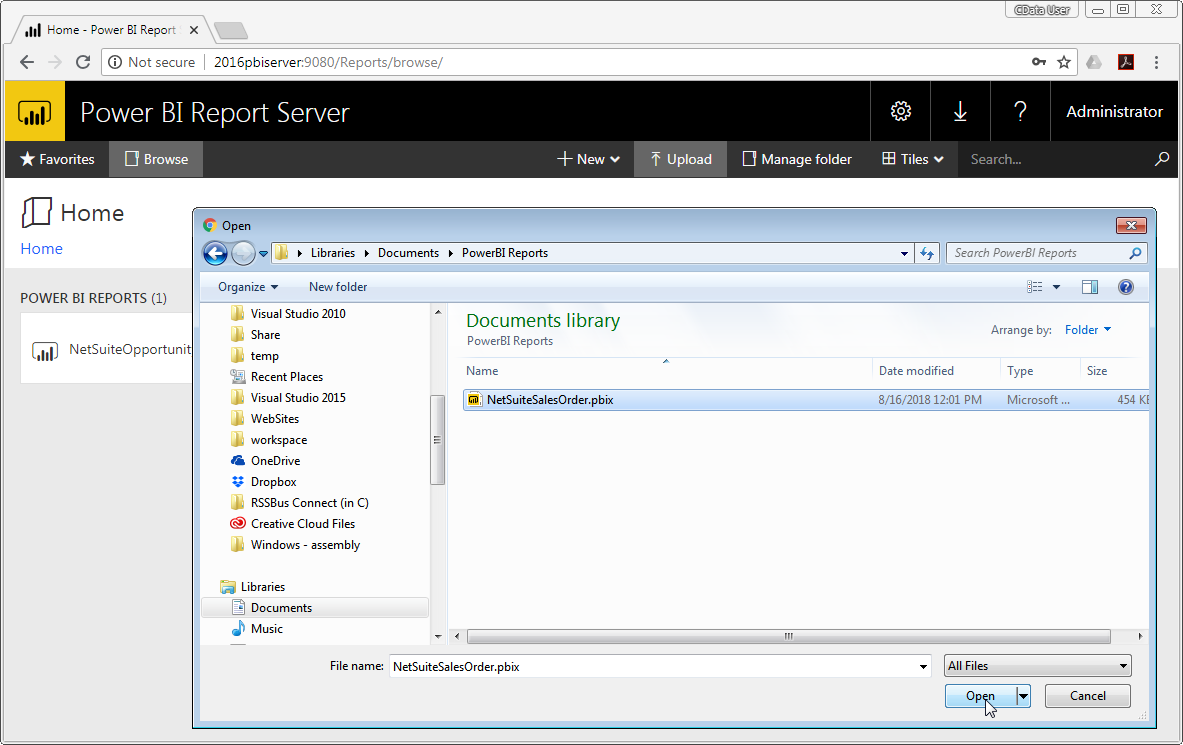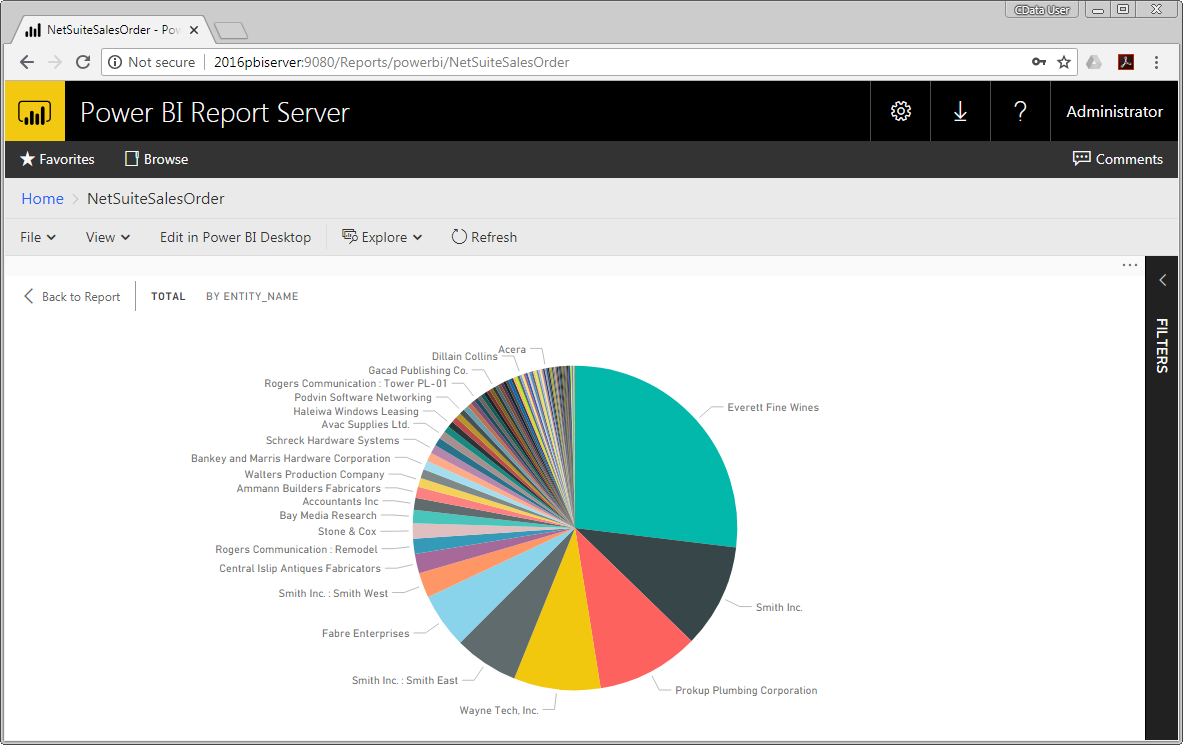Discover how a bimodal integration strategy can address the major data management challenges facing your organization today.
Get the Report →View Reports on Real-Time Paylocity Data in Power BI Report Server
Use the CData ODBC Driver for Paylocity to visualize Paylocity data in Power BI Desktop and then publish them to Power BI Report Server.
With built-in support for ODBC on Microsoft Windows, CData ODBC Drivers provide self-service integration with self-service analytics tools, such as Microsoft Power BI. The CData ODBC Driver for Paylocity links your Power BI reports to operational Paylocity data. You can monitor Paylocity data through dashboards and ensure that your analysis reflects Paylocity data in real time by scheduling refreshes or refreshing on demand. This article details how to use the ODBC driver to create real-time visualizations of Paylocity data in Microsoft Power BI Desktop and then publish the visualizations to Power BI Report Server.
The CData ODBC Drivers offer unmatched performance for interacting with live Paylocity data in Power BI due to optimized data processing built into the driver. When you issue complex SQL queries from Power BI to Paylocity, the driver pushes supported SQL operations, such as filters and aggregations, directly to Paylocity and uses the embedded SQL Engine to process unsupported operations (often SQL functions and JOIN operations) client-side. With built-in dynamic metadata querying, you can visualize and analyze Paylocity data using native Power BI data types.
Connect to Paylocity as an ODBC Data Source
If you have not already, first specify connection properties in an ODBC data source name (DSN). This is the last step of the driver installation. You can use the Microsoft ODBC Data Source Administrator to create and configure ODBC DSNs. To publish Power BI reports from Power BI Desktop to Power BI Report Server, you will need to install the ODBC Driver on both the client (desktop) and server machines, using the same name for the DSN on each machine.
Set the following to establish a connection to Paylocity:
- RSAPublicKey: Set this to the RSA Key associated with your Paylocity, if the RSA Encryption is enabled in the Paylocity account.
This property is required for executing Insert and Update statements, and it is not required if the feature is disabled.
- UseSandbox: Set to true if you are using sandbox account.
- CustomFieldsCategory: Set this to the Customfields category. This is required when IncludeCustomFields is set to true. The default value for this property is PayrollAndHR.
- Key: The AES symmetric key(base 64 encoded) encrypted with the Paylocity Public Key. It is the key used to encrypt the content.
Paylocity will decrypt the AES key using RSA decryption.
It is an optional property if the IV value not provided, The driver will generate a key internally. - IV: The AES IV (base 64 encoded) used when encrypting the content. It is an optional property if the Key value not provided, The driver will generate an IV internally.
Connect Using OAuth Authentication
You must use OAuth to authenticate with Paylocity. OAuth requires the authenticating user to interact with Paylocity using the browser. For more information, refer to the OAuth section in the Help documentation.
The Pay Entry API
The Pay Entry API is completely separate from the rest of the Paylocity API. It uses a separate Client ID and Secret, and must be explicitly requested from Paylocity for access to be granted for an account. The Pay Entry API allows you to automatically submit payroll information for individual employees, and little else. Due to the extremely limited nature of what is offered by the Pay Entry API, we have elected not to give it a separate schema, but it may be enabled via the UsePayEntryAPI connection property.
Please be aware that when setting UsePayEntryAPI to true, you may only use the CreatePayEntryImportBatch & MergePayEntryImportBatchgtable stored procedures, the InputTimeEntry table, and the OAuth stored procedures. Attempts to use other features of the product will result in an error. You must also store your OAuthAccessToken separately, which often means setting a different OAuthSettingsLocation when using this connection property.
When you configure the DSN, you may also want to set the Max Rows connection property. This will limit the number of rows returned, which is especially helpful for improving performance when designing reports and visualizations.
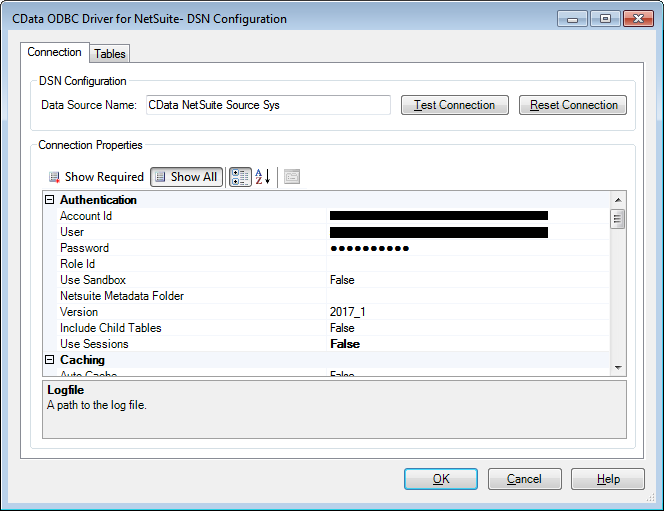
After creating a DSN, follow the steps below to connect to the Paylocity DSN from Power BI Desktop:
- Open Power BI Desktop and click Get Data -> ODBC. To start Power BI Desktop from PowerBI.com, click the download button and then click Power BI Desktop.
- Select a System DSN in the menu (necessary to publish to a Power BI Report Server). If you know the SQL query you want to use to import, expand the Advanced Options node and enter the query in the SQL Statement box.
![Selecting a System DSN]()
- Select tables in the Navigator dialog.
![The available tables. (NetSuite is shown.)]()
Click Edit to edit the query. The table you imported is displayed in the Query Editor. In the Query Editor, you can enrich your local copy of Paylocity data with other data sources, pivot Paylocity columns, and more. Power BI detects each column's data type from the Paylocity metadata retrieved by the driver.
Power BI records your modifications to the query in the Applied Steps section, adjusting the underlying data retrieval query that is executed to the remote Paylocity data. When you click Close and Apply, Power BI executes the data retrieval query.
Otherwise, click Load to pull the data into Power BI.
Create Data Visualizations
After pulling the data into Power BI, you can create data visualizations in the Report view by dragging fields from the Fields pane onto the canvas. Follow the steps below to create a pie chart:
- Select the pie chart icon in the Visualizations pane.
- Select a dimension in the Fields pane, for example, FirstName.
- Select a measure in the LastName in the Fields pane, for example, LastName. You can modify the visualization and the data used with the following techniques:
- Change sort options by clicking the ellipsis (...) button for the chart. Options to select the sort column and change the sort order are displayed.
- Use both highlighting and filtering to focus on data. Filtering removes unfocused data from visualizations; highlighting dims unfocused data. Highlight fields by clicking them.
- Apply filters at the page level, at the report level, or to a single visualization by dragging fields onto the Filters pane. To filter on the field's value, select one of the values that are displayed in the Filters pane.
![A pie chart showing Entity_Name and Total from the NetSuite SalesOrder table.]()
- Click Refresh to synchronize your report with any changes to the data and save your Power BI report to the client machine.
Upload Paylocity Data Reports to Power BI Report Server
You can share reports based on ODBC data sources with other Power BI users in your organization using a Power BI Report Server.
- Install and configure the ODBC Driver for Paylocity on the report server (see the instructions above).
- Log into the report server (typically found at http://MYSERVER/reports), click to upload a new report and select the report you just saved.
![Uploading the Power BI Report to Power BI Report Server using the Web Portal.]()
- View the Paylocity report from any machine with access to the Report Server.
![Viewing the published report from the Report Server.]()






